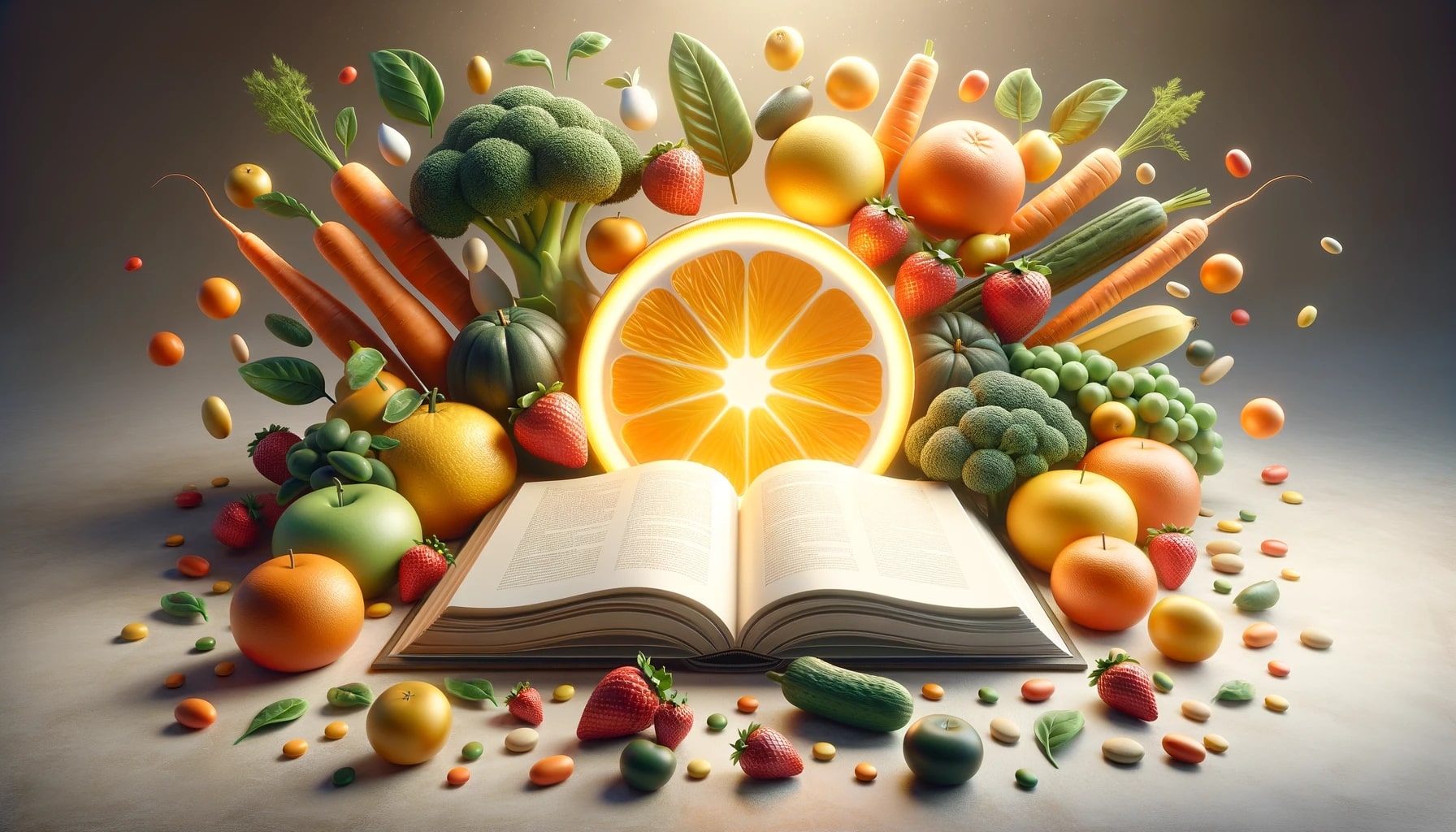
Understanding Vitamins: A Simple Guide to Health and Nutrition
Vitamins are tiny but mighty nutrients that keep our bodies working right. We can’t make enough of them on our own, so it’s important to get them from what we eat. This guide will take you through what vitamins do, where to find them, and why too little or too much can be a problem.
The Vital Role of Vitamins
Every vitamin has a special job. For example, Vitamin A is good for your eyes and skin, while B vitamins help your body make energy. Vitamin D keeps your bones strong. Vitamins C and E are like bodyguards, protecting your cells from damage. It’s important to have just the right amount of each vitamin.
A Brief History of Vitamins
Over 100 years ago, a scientist named Casimir Funk, a scientist, introduced the world to the term “vitamin.” Back then, the assumption was that all vitamins fell into the category of amines—a specific type of chemical. This notion is even embedded in the name “vitamin,” a fusion of “vita,” meaning life, and “amine.” Over time, however, it’s become clear that vitamins are far more diverse. What was once thought to be exclusively amines has now been understood as a varied collection of essential nutrients, each with its unique role in our health.
Types of Vitamins: Fat-Soluble and Water-Soluble
Vitamins are either fat-soluble or water-soluble. Fat-soluble vitamins (A, D, E, K) can be stored in your body, but water-soluble ones (like C and the B vitamins) can’t, so you need to get them more often.
Getting Your Vitamins: Food vs. Pills
We usually get vitamins from food, but sometimes our bodies make them (like Vitamin D from sunlight). Some vitamins can be stored (like A, D, and B12), but others (like C) can’t stay in the body for long. Eating a variety of foods is the best way to keep your vitamin levels just right.
Too Much or Too Little: Finding the Balance
Not having enough of a vitamin can make you sick, like scurvy from not enough Vitamin C. But too much of a vitamin can also be bad. That’s why eating different kinds of foods is key to getting just the right amount.
Cooking and Vitamins: Keeping the Good Stuff
Cooking changes vitamins. Sometimes it makes vitamins easier to get from food, but it can also make you lose some, especially in water-soluble vitamins like B and C. How you cook and handle food can make a big difference.
How Much Do You Need?
Figuring out how much of each vitamin you need can be tricky. Different places have different guides. These guides are like maps to help you get enough vitamins, but not too much.
Should You Take Vitamin Pills?
Whether or not to take vitamin supplements is a big question. They can be helpful for some health problems, but for healthy people, it’s not always clear if they help. It’s especially important to be careful with vitamins A and E, as too much can be harmful.
Staying Safe with Supplements
Different countries have different rules about vitamin pills. In some places, the companies that make them have to prove they’re safe. In others, the government checks them first. It’s important to know about the supplements you take and to talk to a doctor if you’re not sure.
Conclusion: Eating Right for Your Vitamins
Vitamins are super important for our health. The best way to get them is usually through food. Supplements can help in some cases, but they’re not for everyone. Knowing about different vitamins helps you make smart choices about what you eat and drink.
